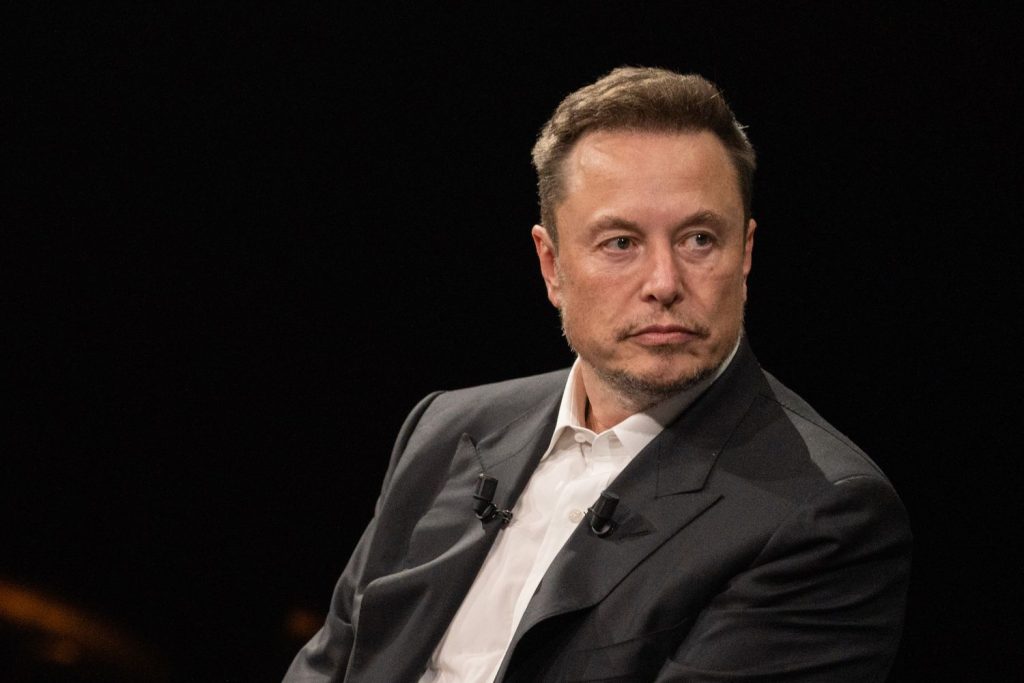X’s live streaming infrastructure appears to have failed, once again, at a high-profile moment for the company. X owner Elon Musk was supposed to be interviewing Donald Trump live on Spaces, beginning at 8pm ET Monday. But the stream repeatedly crashed and was completely inaccessible to many users.
Musk claimed that the failure was due to a “massive DDOS [distributed denial of service] attack on X,” and that the company “tested the system with 8 million concurrent listeners earlier today.” Instead, only a “smaller number” of people will be able to listen to the conversation live. As of 8:30pm ET, the live stream had yet to begin. “Crashed,” “unable” and “Twitter blackout” trended on the platform.
Those who were able to join the stream were greeted with about a half hour of hold music followed by several minutes of total silence. The live stream finally started at 8:40pm ET. “All of our data lines, like basically hundreds of gigabits of data, were saturated,” Musk said. “We think we’ve overcome most of that.” Musk didn’t explain how a DDOS attack could target only one specific feature on the service without affecting other aspects of X’s app or website.
It’s not the first time a high-profile live stream on spaces has run into technical difficulties. Last year, Ron DeSantis attempted to announce his short-lived presidential bid during a live conversation with Musk on X, but that stream was also delayed after repeated crashes. Musk, at the time, said that Twitter’s servers were “kind of melting.” Musk’s biographer later reported that the issues were a result of months of instability within Twitter’s systems after Musk instructed his cousins to hastily dismantle one of the company’s data centers.



